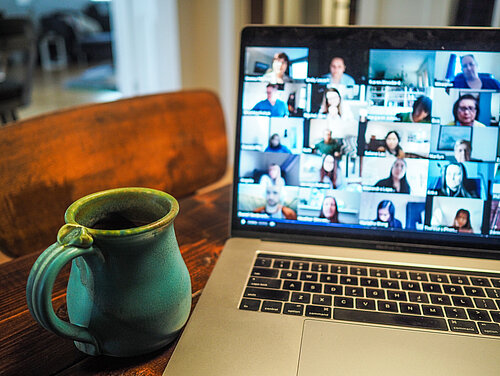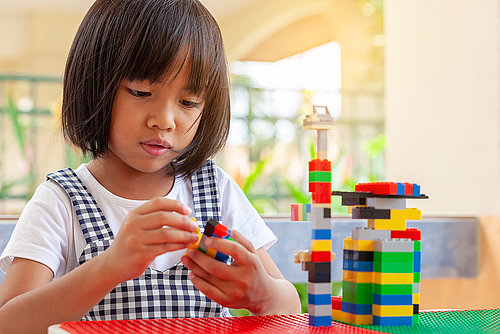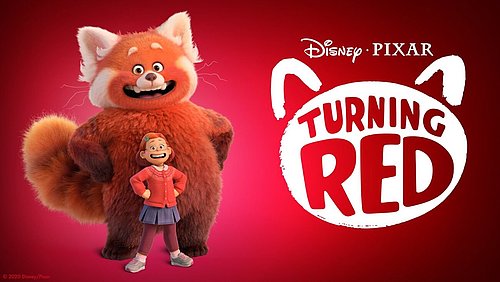
Work UK
Research | Social media | Marketing
Blog
Charting the Future: A Strategic Roadmap for Children's Media Success

Over the last 4 months, as a contributor to the Children’s Media Conference knowledge base, we have spoken to ‘the great and the good’ of the children’s media world, from publishers and IP owners to channels and VOD platforms. We asked them about the challenges they faced and the solutions they are putting in place to overcome them.
This final article in our series brings together the key insights and offers a practical roadmap for navigating this transformed landscape. For a deeper dive into the industry, see our accompanying articles on distribution, monetisation and original IP creation.
The New Reality: From Show to Brand Thinking
The children's media industry has fundamentally shifted from a linear, broadcaster-centric model to a complex ecosystem where success requires orchestrating multiple touchpoints, revenue streams, and audience relationships simultaneously. The old playbook of securing a broadcast slot and licensing deal simply doesn't work anymore.
Today's successful creators are ecosystem architects, not just content makers. They understand that a property must work across platforms, engage audiences through multiple formats, and generate revenue through diverse channels from day one.
Five Strategic Pillars for Success
Based on our conversations with industry leaders, we've identified five pillars that underpin successful children's media ventures in today's landscape:
1. Think Brand, Not Show
The most successful properties today aren't just programmes, they're holistic brand experiences that can live independently of any single piece of content. Think about how Pokémon transcends its original anime, or how Minecraft exists as a brand universe far beyond its core game.
What this means in practice:
- Develop brand worlds, character systems, and flexible mythologies that can adapt across formats, platforms, and decades
- Create brand guidelines, tone of voice, and visual systems that work whether you're producing a 22-minute episode, a 15-second TikTok, a Roblox experience, or merchandise
- Build properties that can migrate and evolve even if individual content pieces are cancelled or platforms change
- Focus on creating lasting brand equity that extends beyond any single media format
Key question to ask: If your show disappeared tomorrow, would your brand still have value and recognition?
2. Embrace Platform Agnosticism
The days of exclusive broadcast partnerships are largely over. Success now comes from being everywhere your audience is, understanding that each platform serves a different purpose in your content ecosystem.
What this means in practice:
- Design content that can adapt across formats and platforms from the outset
- View YouTube as your reach engine, traditional broadcasters as your credibility stamp, and gaming platforms like Roblox as your engagement hub
- Build content that works both as standalone pieces and as part of a larger narrative universe
Key question to ask: How can you create content that feels native to each platform while maintaining our brand identity?
3. Build A Direct Relationship With Your Fanbase
The most valuable asset in today's fragmented landscape isn't a distribution deal, it's a direct relationship with your fanbase. Platforms may change, algorithms may shift, but the connection you build with your fans endures.
What this means in practice:
- Always be audience-first in your creative and distribution decision-making
- Invest in owned media channels and first-party data collection
- Create content that encourages community building and fan participation
- Build properties that work for both children and the adults in their lives (fandom is amplified when shared)
- Think beyond passive consumption to active engagement and co-creation
- Consider how you can own the relationship rather than rent it through platforms
Key question to ask: Are you building a robust fanbase or just a collection of viewers?
4. Monetise Through Multiple Streams
Content is no longer a direct revenue generator, it's an audience creator that needs to be monetised through other means, in marketing terms it’s the top of the funnel. The most successful properties today generate income through multiple different channels.
What this means in practice:
- Bake monetisation strategies into your creative development process
- Explore direct platform monetisation (Roblox, Webtoons), content-to-commerce integration, D2C models, and experiential offerings
- View merchandise and licensing as one part of a diversified portfolio, not the primary goal
- Consider how new technologies and platforms can create additional revenue opportunities
Key question to ask: What would your business model look like if traditional licensing disappeared tomorrow?
5. Start Small, Think Big
The most effective approach to original IP development in today's risk-averse environment is to begin with lower-risk proving grounds before scaling to larger productions.
What this means in practice:
- Test concepts through gaming, publishing, or short-form digital content first
- Use these channels to build audience data and prove commercial viability
- Co-produce and partner in order to share the risk
- Scale successful concepts rather than betting everything on unproven IP
- Maintain flexibility to pivot based on audience response and market feedback
Key question to ask: How can you de-risk our creative investments while maintaining your innovative edge?
The Opportunity Ahead
While our research reveals significant challenges, it also points to unprecedented opportunities for those willing to adapt. The democratisation of distribution means great content can find its audience without traditional gatekeepers. New monetisation models allow creators to build sustainable businesses around smaller, more engaged fanbases. And the integration of content with commerce, gaming, and social platforms creates possibilities that didn't exist in the traditional model.
The children's media professionals who will thrive in this environment are those who can think like entrepreneurs, build like technologists, and create like artists. They understand that success isn't about choosing between old and new approaches, it's about intelligently combining the best of both worlds.
The next breakthrough children's property is likely being created right now by someone reading this article. It won't follow the traditional path, but it will capture hearts, build communities, and generate sustainable revenue in ways we're only beginning to understand.
At We Are Family, we help children's media professionals navigate this transformed landscape through strategic consultation, research, and practical support. If you'd like to discuss how these insights apply to your specific situation, we'd love to hear from you.


